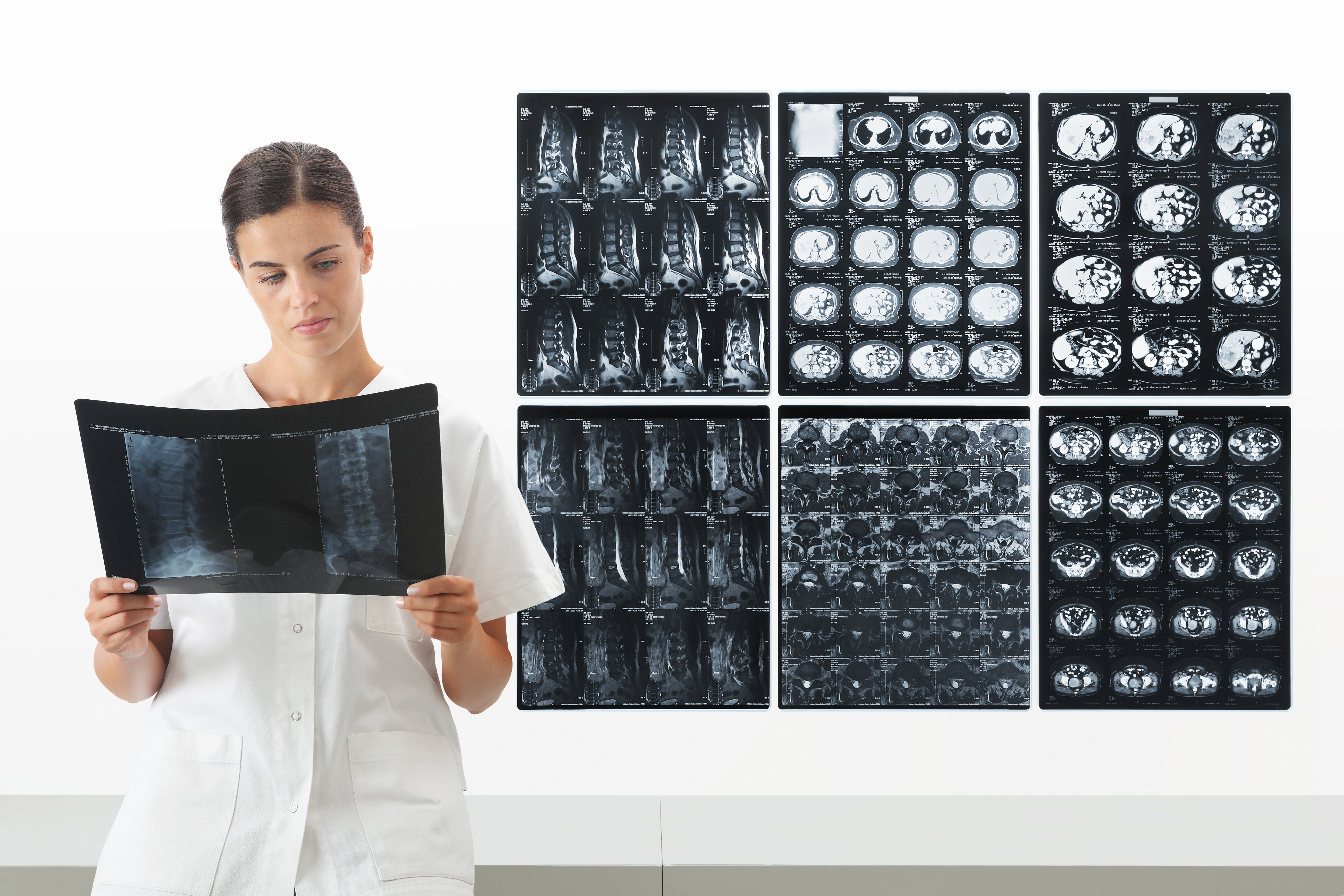Radiologic Technologist Education Requirements are crucial for anyone looking to pursue a career in this field. Radiologic Technologists, or Rad Techs, are responsible for operating imaging equipment, assisting radiologists, and ensuring patient safety during procedures. These professionals play a vital role in the healthcare industry, and therefore, need to be thoroughly trained and certified.
This article will provide a comprehensive guide on the educational pathway, necessary training, and certifications required to become a qualified Radiologic Technologist.
A Primer on the Role of a Radiologic Technologist
At the intersection of healthcare and technology, radiologic technologists play a key role. These professionals perform diagnostic imaging examinations, such as X-rays, on patients. The images they produce assist doctors in diagnosing and treating illnesses or injuries with utmost precision.
The Essential Educational Pathway
1. Pre-Requisite Education
Before embarking on the specialized training, aspiring technologists typically need a high school diploma or equivalent. Focusing on biology, physics, and chemistry during this phase can provide a solid foundation.
2. Accredited Radiologic Technology Programs
The heart of your training lies in an accredited radiologic technology program. Typically, these programs lead to an associate or a bachelor’s degree. They are designed to provide both classroom and clinical training. Students will learn about:
- Anatomy and Physiology: Understanding the human body’s structure and function is fundamental.
- Radiation Physics and Protection: Safeguarding oneself and patients from unnecessary radiation exposure is crucial.
- Medical Terminologies: A thorough grasp of medical jargon helps in seamless communication within the healthcare setup.
- Patient Care Procedures: Beyond the machines, patient care remains central to the role.
3. Licensing and Certification
Upon completing the program, technologists must obtain licensure to practice in most states. This typically involves passing a state-specific examination or the American Registry of Radiologic Technologists (ARRT) exam. Keeping up-to-date with the latest in the field through continuous education is often a requirement for license renewal.
Specializations in Radiologic Technology
As the field of radiology has expanded, so have the opportunities for specialization. Some of the areas radiologic technologists can delve deeper into include:
- Magnetic Resonance Imaging (MRI) Technologists: Specializing in MRI equipment to provide detailed images of organs and tissues.
- Computed Tomography (CT) Technologists: Harnessing CT machines to produce cross-sectional views of body areas.
- Mammographers: Focusing specifically on breast imaging to detect and diagnose breast diseases.

Career Advancements and Opportunities
With experience and advanced certifications, radiologic technologists can climb the healthcare ladder. Positions like lead radiologic technologist, supervisor, department director, or even equipment sales and training positions can be within reach.
Financial Considerations and Scholarships
Pursuing a career as a radiologic technologist is an investment in your future. While the costs associated with education and certification can be substantial, many institutions offer scholarships, grants, and work-study programs to ease the financial burden. Exploring all financial aid options available is advisable to ensure a smooth academic journey.
Conclusion
Understanding the Radiologic Technologist Education Requirements is the first step towards a rewarding career in the healthcare industry. With the right training, certifications, and dedication, you can become a skilled Radiologic Technologist, playing a crucial role in diagnosing and treating patients. Remember to continually update your skills and knowledge, as technology and best practices in this field are always evolving.

